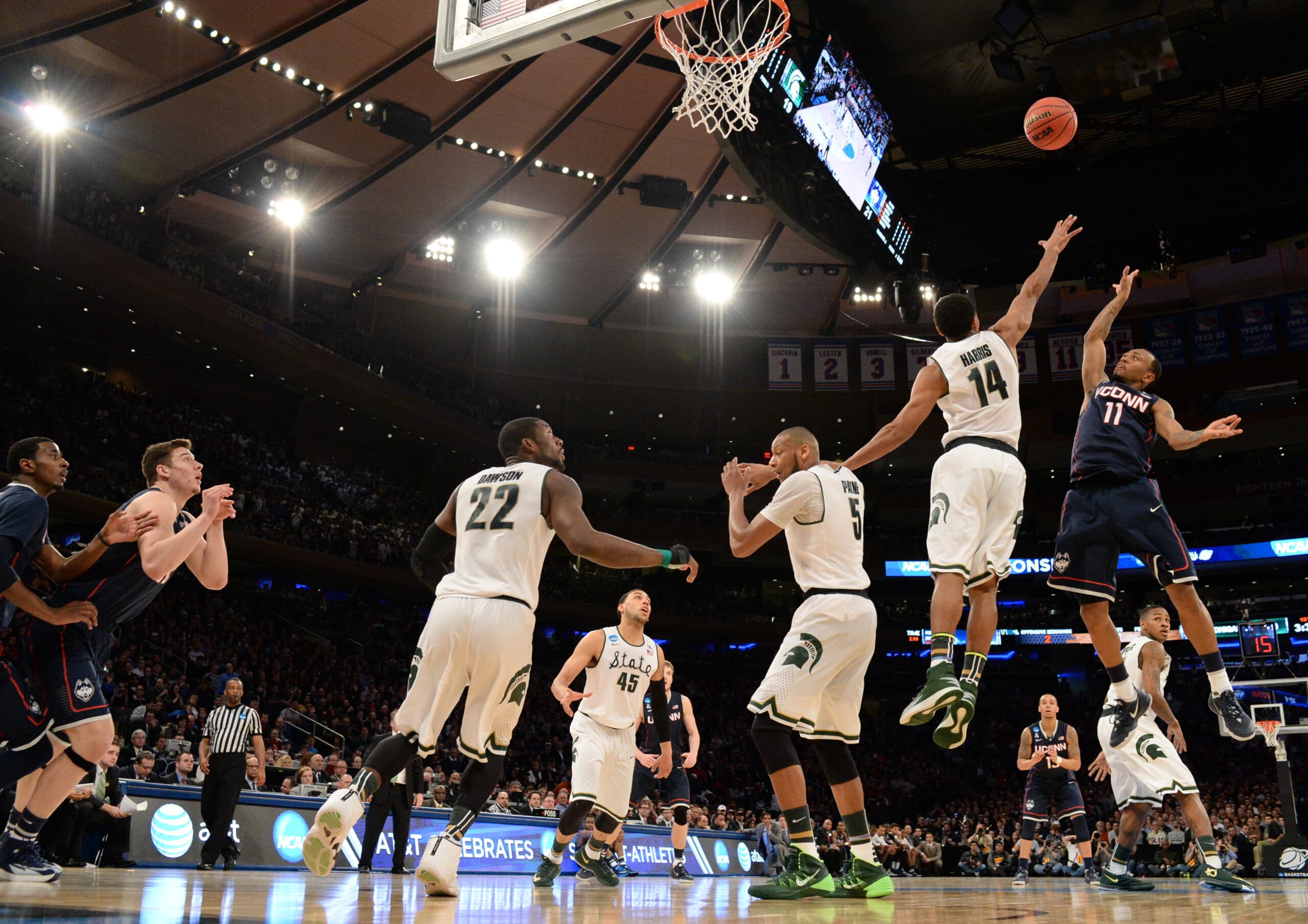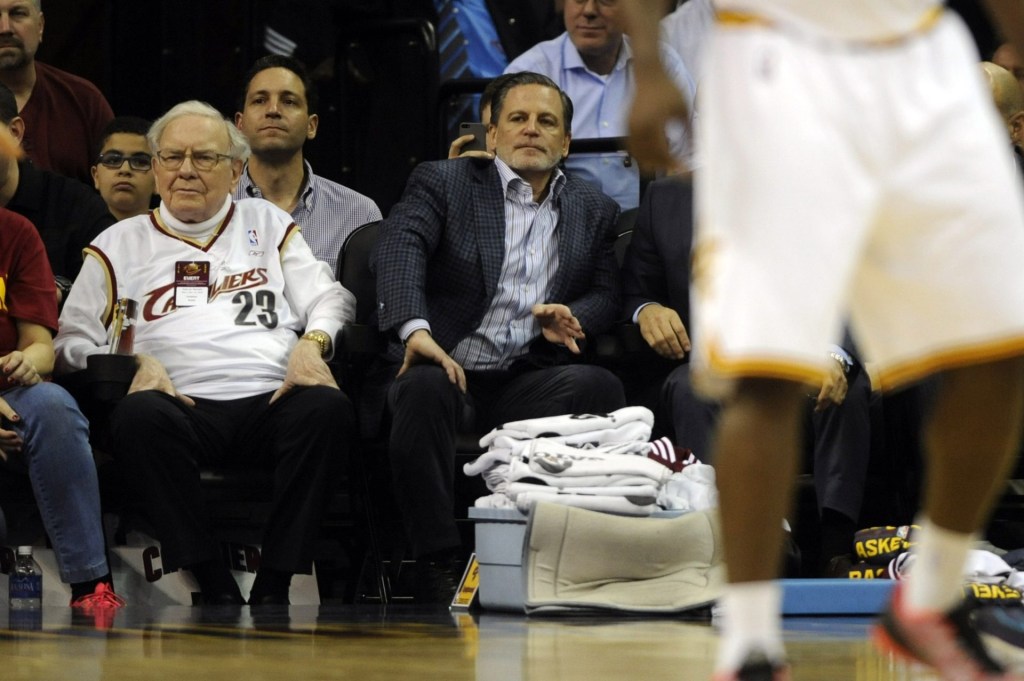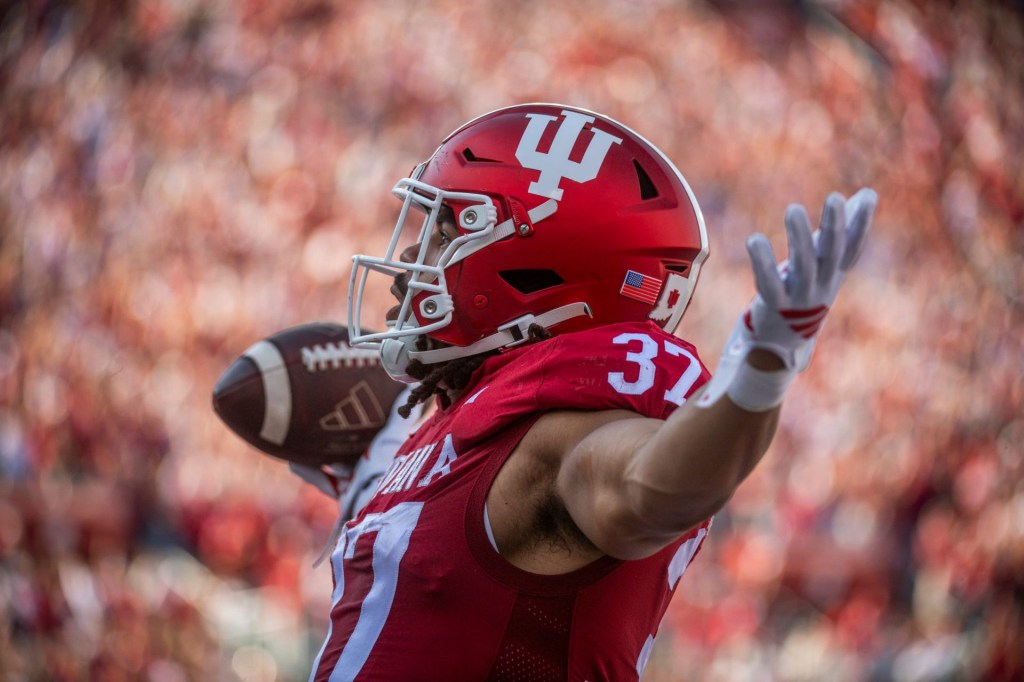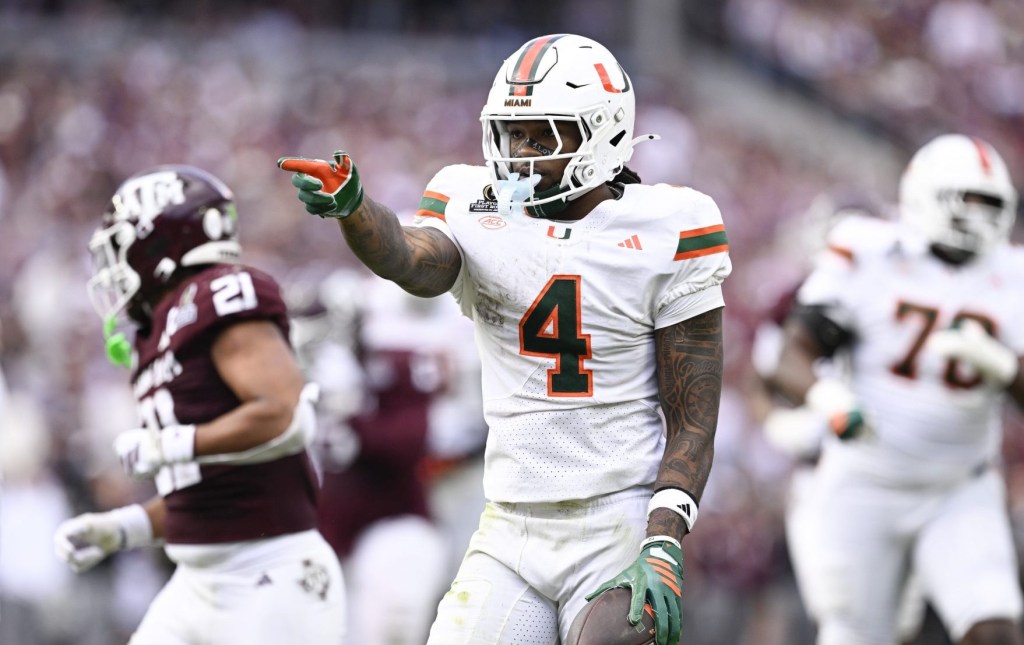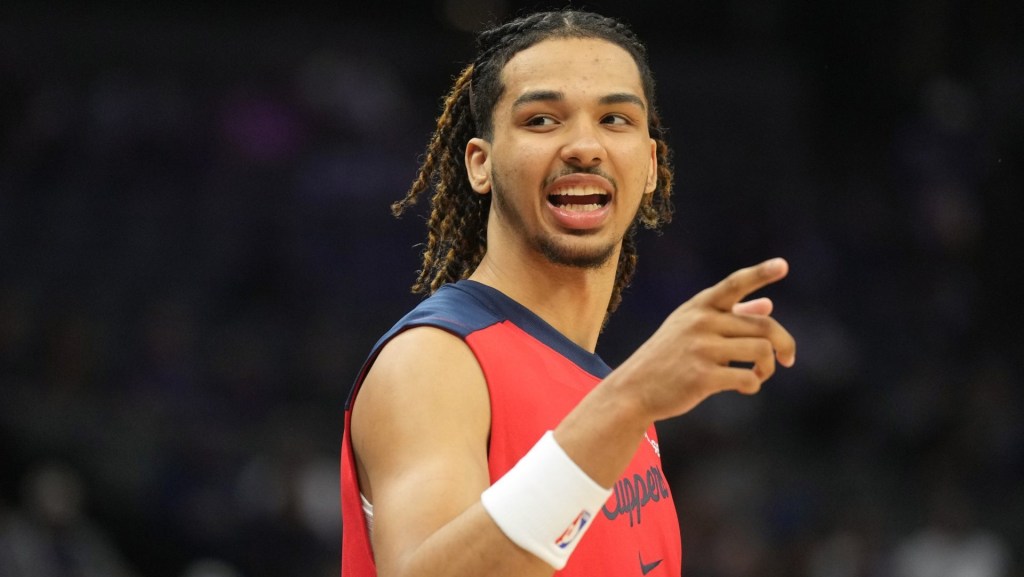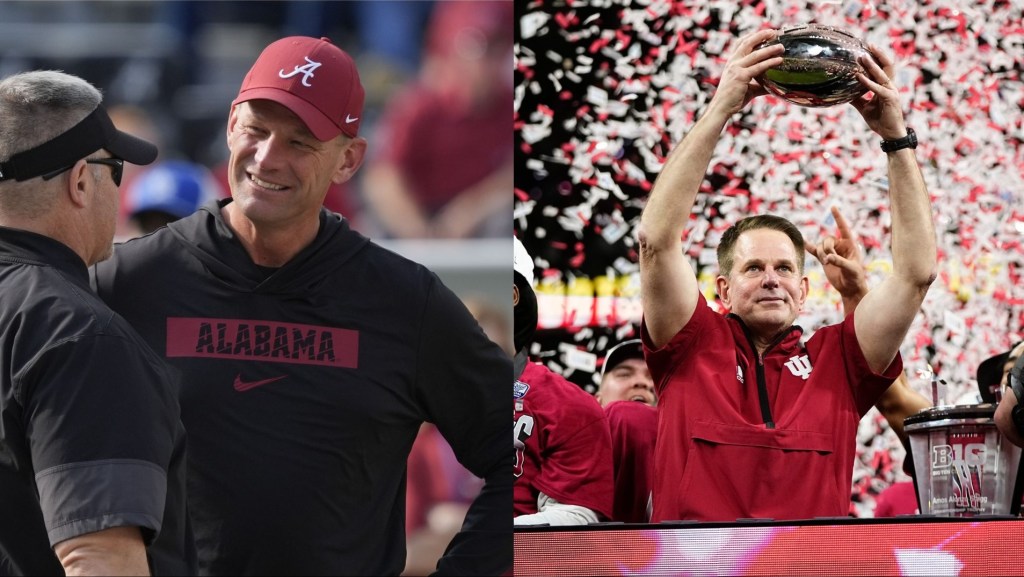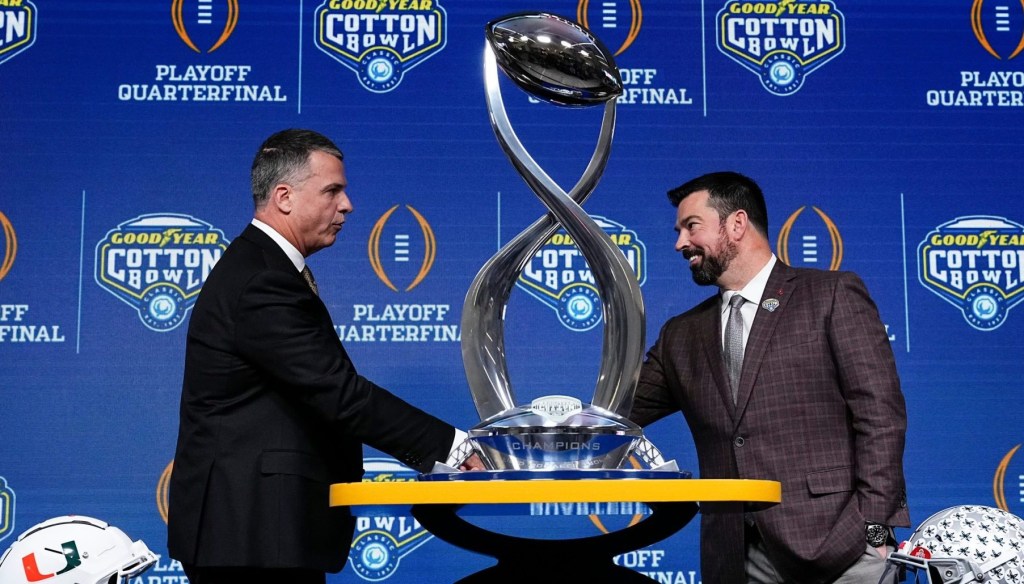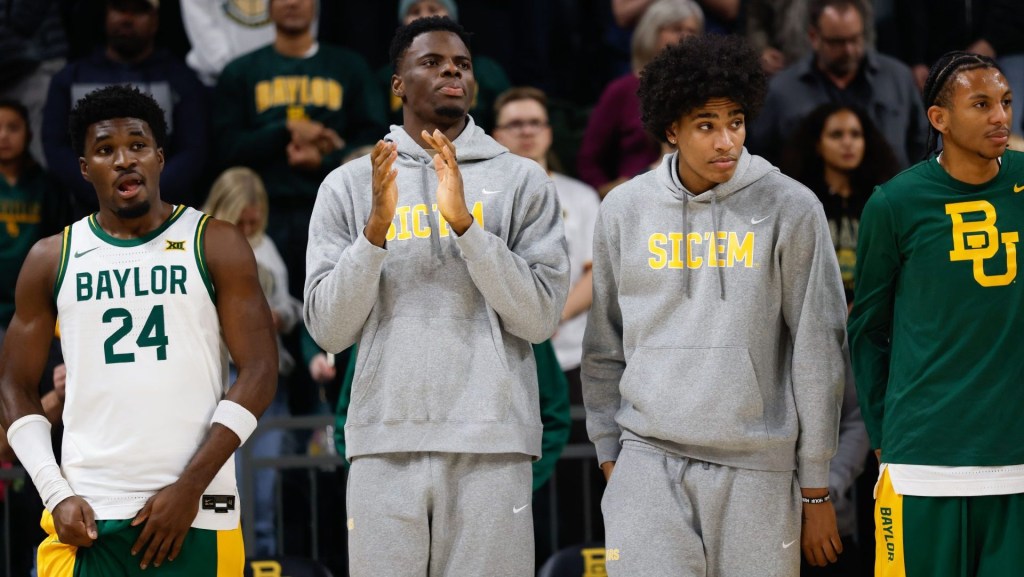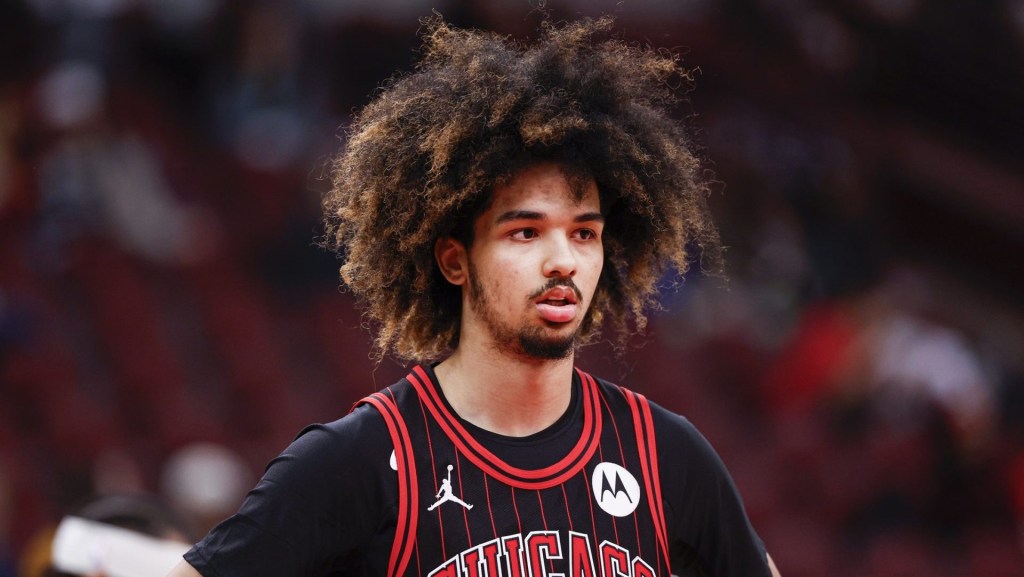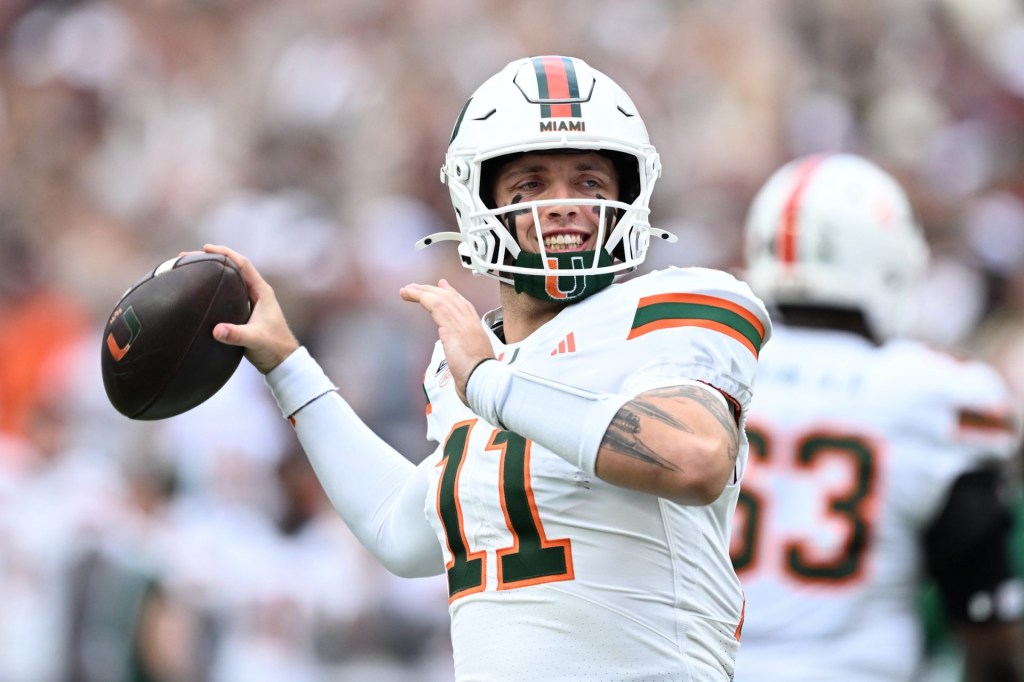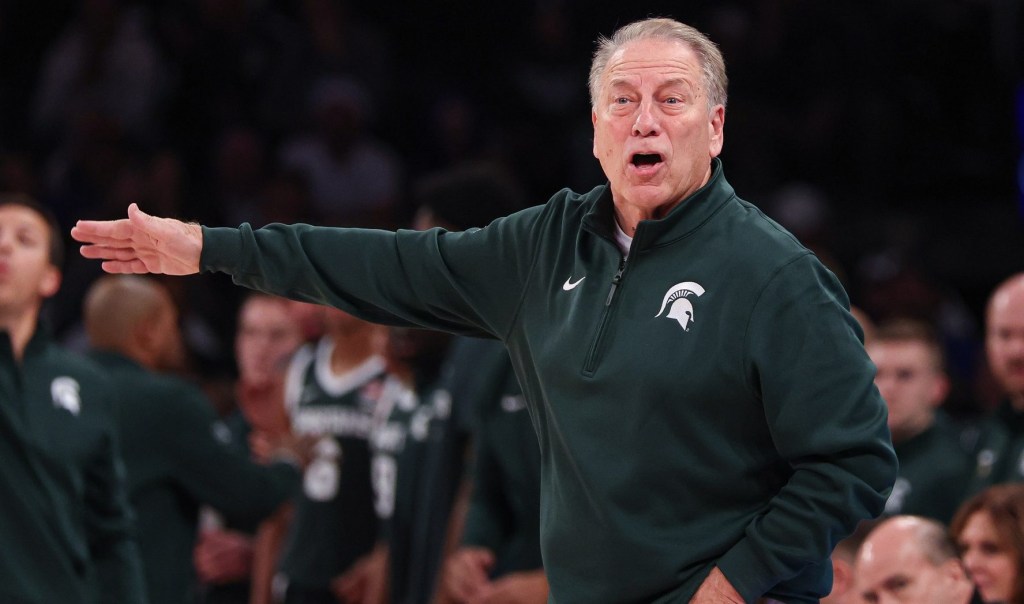The Old Madison Square Garden on 49th Street earned the title “The Mecca of Basketball” thanks to men’s college hoops.
But MSG has always had an inconsistent relationship with the biggest event in the sport: the NCAA Division I men’s tournament.
The Garden ranks fourth overall for most NCAA tournament games held at a venue — but almost all of those took place before 1962. After hosting annually between 1943-61, the World’s Most Famous Arena wouldn’t stage another until more than half a century later, in 2014. In the era of men’s Final Fours in football stadiums, it will never have an opportunity to host a title game again.
But now, March Madness is back. This week, the Garden will host an East Regional for only the third time in more than half a century. And in future years, MSG officials plan to make it a much more frequent host of the men’s tournament — and perhaps the ever-growing women’s, too.
Here’s how college basketball made the Garden the sport’s most prestigious arena, despite going decades without NCAA tournaments.
The Manhattan Mecca
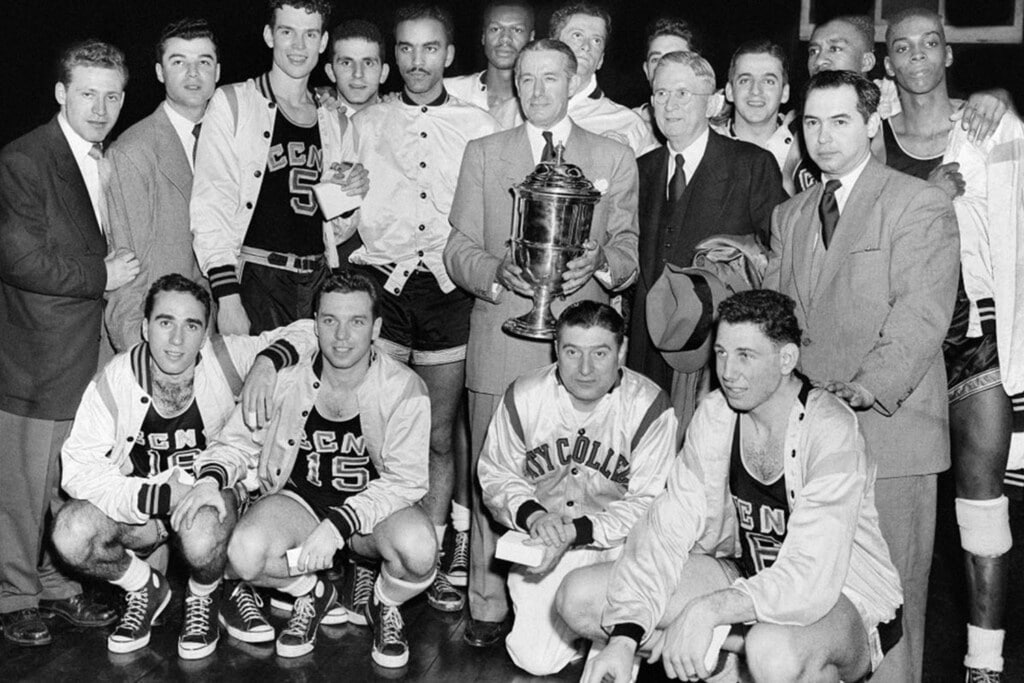
MSG quickly established a reputation as a perennial home for the top events in the sport, and it just so happened to be in the city where the most competitive teams played.
On December 29, 1934, the arena hosted its first pair of college basketball games. About 16,000 fans watched a warm-up game between Westminster College and St. John’s, followed by the main event: NYU vs. Notre Dame.
Local sportswriter Ned Irish, whom the Garden had tapped to help schedule games, reportedly wrote: “After many years of survival under adverse conditions, college basketball tonight gets its first chance to develop into a major sport.”
Irish, who also eventually became MSG’s president, conceived of the NIT in 1938. While the NCAA tournament began just a year later, the NIT was considered highly prestigious for many years. Then, the NCAA men’s tournament arrived in the Big Apple in 1943.
There won’t be any local teams at the East Regional this week. But back in the ‘40s, ‘50s, and ‘60s, local New York teams like NYU, LIU, and the City College of New York dominated the scene.
The most iconic moment of this era was in 1950, when CCNY became the only team to ever win both the NIT and NCAA tournament titles. At the time, the team was headed by coach Nat Holman.
After CCNY’s win, students staged a celebration throughout New York that would put the Cameron Crazies to shame.
6,500 students halt work for snake dances, conga lines, and endless cheering. … It was ‘Allagaroo’ [the CCNY chant] through the canyons, the side streets, on Times Square, Fifth Avenue, and all over the boroughs of Manhattan through the night and late into the afternoon yesterday.”
Irving Spiegel’s report for The New York Times
The NCAA tournament grew in size and prestige, but it left MSG in 1961 and wouldn’t return until more than 50 years later. The NIT stayed, but it began to lose its luster in the growing shadow of March Madness.
A Big East Building
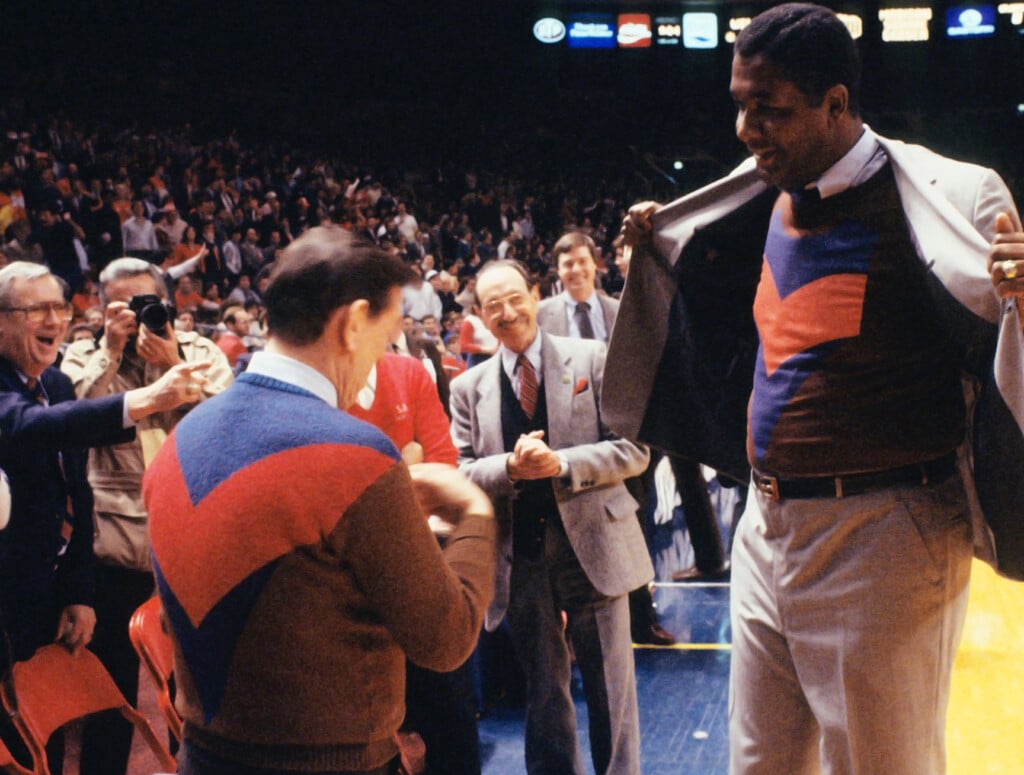
If local teams carried the Garden during the first half of the 20th century, the Big East took it through the turn of the millennium — during the years it did not host an NCAA tournament.
In 1983, MSG hosted its first Big East Tournament during which St. John’s, led by star Chris Mullin and legendary coach Lou Carnesecca, took home the title. It was also the first time during the postseason that the future king of MSG, a junior phenom named Patrick Ewing, would grace the venue’s hardwood.
“That was Commissioner [Dave] Gavitt’s vision,” Big East Commissioner Val Ackerman told FOS at this year’s Big East Tournament. “To bring the Big East to the Big Time. That was it. And that was New York. And that was here.”
In turn, the tournament delivered many of the Garden’s most historic college basketball moments: the “Sweater Game,” the six-overtime Syracuse-Connecticut thriller, and the Allen Iverson-Ray Allen matchup.
“We have a tremendous relationship with the Big East,” MSG Entertainment’s current EVP of Marquee Events and Operations, Joel Fisher, told FOS during the daytime quarterfinal between Marquette and St. John’s. On the other side of the wall, the halftime music was blaring.
A 2023 Big East Tournament, however, almost never happened. MSG came close to losing it a decade earlier, when the conference broke up.
“We were a little concerned,” Fisher said. During the restructure, the ACC and Big Ten tried to swoop in — but the Garden fought them off. “Ultimately, we made a decision that this was a Big East building.”
That decision is a major reason why the Big East, which just celebrated its 41st anniversary with the Garden, became the thriving conference it is today.
A Return Fit for Broadway
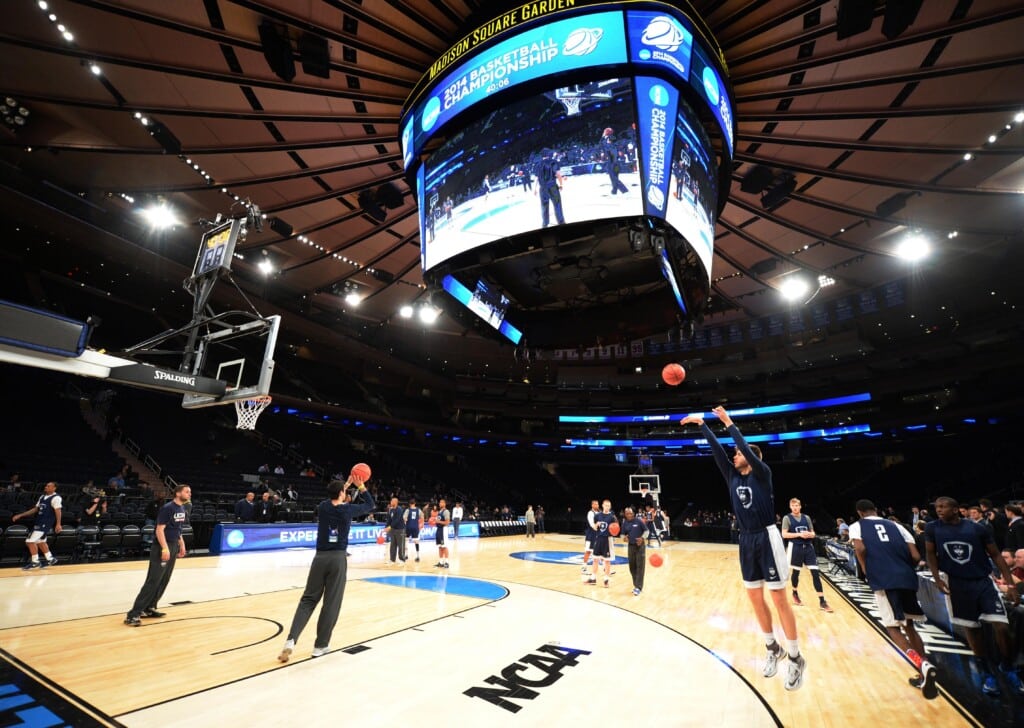
For years, the only basketball at MSG after the Big East Tournament’s conclusion was forgettable: the NIT, which had lost its importance, and the perennially struggling Knicks.
At one point, an entire decade passed where the Garden reportedly didn’t even bid on an NCAA tournament leg.
It finally returned in 2014 for the Sweet 16 and Elite Eight. The first event in more than 50 years — and the first in the 34th Street location — did not disappoint. Tickets soared reportedly above $1,000 each, partially due to a hometown matchup including eventual national champion UConn — who ended up advancing to the Final Four.
After the Huskies cut down the Garden’s nets, CBS called Fisher raving about production value. “CBS said, ‘You gotta keep having the tournament!’”
Fisher obliged. MSG hosted again in 2018, and was slated to host in 2020 until the pandemic shut March Madness down. Next week, teams like Duke and Marquette could earn the chance to play under lights that make the hardwood look more like a Broadway stage than a basketball game.
“It’s a good thing for the sport,” Ackerman said.
More New York Moments
After this year’s festivities, Garden officials hope to make the East Regional a staple of the venue’s future. And while MSG is no longer eligible to host a men’s Final Four given its meager 20,000-seat capacity, it would be interested in hosting a women’s Final Four, Fisher confirmed.
MSG remains a draw for preseason blue-blood matchups and neutral-site games, though. Fisher noted that Coach Mike Krzyzewski even secured his historic 903rd win there. And he’s bullish on pitching the venue to other teams too.
“It’s not like we sit back and say, ‘We’re the best building in the world, therefore people are going to come to us,’” he said.
While the NCAA returns, the NIT has departed. The consolation bracket, which started at the Garden, is no longer big-time enough for 34th Street. The NIT’s late rounds have moved to Orleans Arena in Las Vegas for the foreseeable future.
